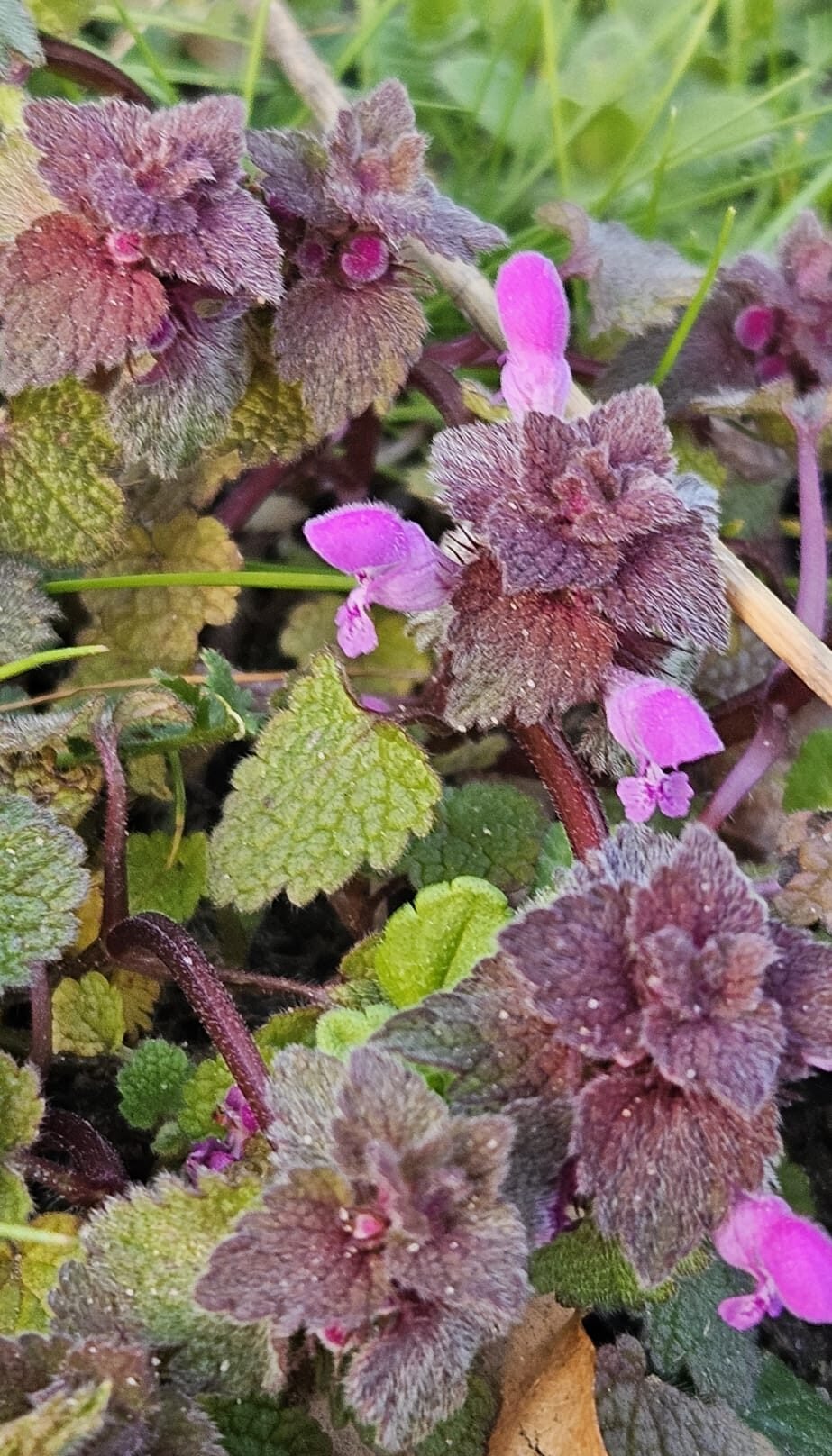
(Daldinia concentrica)
Distribution, Description, and interactions
King Alfred’s cakes are a species of saprotrophic fungi that grow on dead, decaying wood, most commonly on ash and beech wood.
The spore-producing mushroom structures (fruiting bodies/sporocarps) have roughly rounded, lumpy shapes and grow to between 2 and 10 cm in diameter. When the mushrooms are young they have a brown-pink colour and a matt texture. As they age, King Alfred’s cakes grow darker until they are black with a shiny outer surface, looking almost like lumps of coal.


Distribution, description, and interactions
A cross-section of the fruiting body shows zones of layered grey and black spore-producing mycelium. This fungus produces a black spore print.
Several invertebrate species can live inside the fruiting bodies of this fungus. Concealer moth caterpillars eat King Alfred’s cakes, and the larvae of the scarce fungus beetle develop in these mushrooms.
Folklore, etymology, and uses
King Alfred’s cakes are named after the apparently poor baking abilities of King Alfred since they look like charred cakes. A story tells of King Alfred, who had been hiding from the Danes in the home of a peasant woman, and had promised to watch her cakes as they were baking to prevent it from burning. He forgot about the woman’s cakes and let them burn. Hence, the fungus is called King Alfred’s cakes due to the mushroom’s likeness to burnt baking.
Whether this story has truth to it or not, the fungus has another connection to fire. The dry King Alfred’s cakes mushrooms can be used as a fire-starting tinder.
Other names for the fungus include carbon balls, coal fungus and cramp balls, presumably because they are toxic.

For more information:
https://www.woodlandtrust.org.uk/trees-woods-and-wildlife/fungi-and-lichens/king-alfreds-cakes/
https://www.kew.org/read-and-watch/king-alfreds-cakes-fungus
RELATED POSTS
View all


